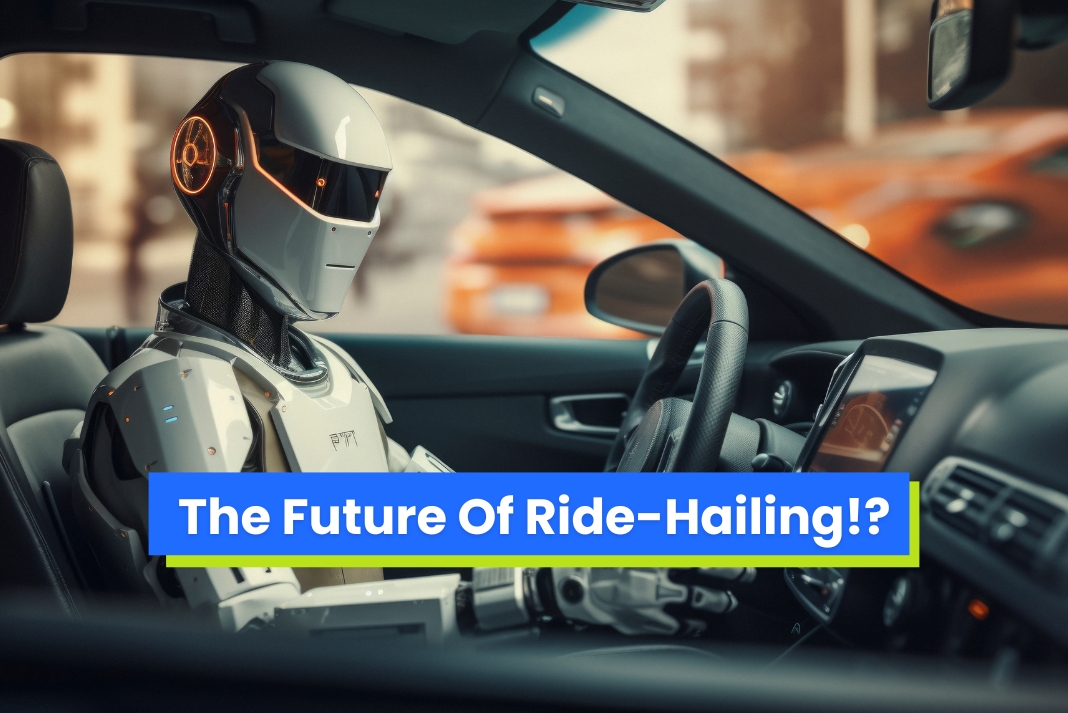Meanwhile, Uber counterattacks global warming and works to make the driver experience much better with the launch of a new AI assistant running exclusively atop OpenAI’s GPT-4. The effort is meant to help steer its huge driver base from gasoline vehicles onto electric cars or EVs. The AI assistant will reach drivers in a staggered release and offer personalized advice and handholding for electric car transitions.
What the AI Assistant Will Do
According to the company, an AI advisor can offer every driver a tailored E.V. choice, optimized based on where they drive and when combined with local charging-station availability and local incentives to go electric. Some of the key features of the new tool:
- EV Suitability Reports: Give drivers instant feedback about the potential benefits of switching to EVs, including projected fuel and maintenance savings and incentives currently available to purchase or lease electric vehicles.
- Find a charger: Among the thorniest aspects of EV ownership is timing and scheduling for charging. The AI assistant will guide drivers to their most convenient and cost-effective charging stations along their way.
- AI-guided EV Purchases: The algorithm will shortlist a few models matching their requirements and budgets, supported by government subsidies, tax credits from Uber, and other incentives to switch.
- Driver Training: The interactive applications that would be driven on an AI assistant will help the drivers understand how more clarification can be drawn regarding the working of a gas-powered car in relation to an electric vehicle. This would also include advice on battery management and range maximization, overall best practices for maintenance.
- Emission Reduction Reports: Uber says its new EMI Speech AI assistant will let drivers track their individual emissions impact all the way to the minute, giving verifiable emission reductions from the time they switch over to EVs.
Uber Announces Its Commitment to Sustainability
This collaboration on the AI project follows Uber’s bigger ambition to turn the platform completely zero-emission by 2040. The company has been increasingly getting vehicles onto the road that fall into this category, for example, by luring drivers out of their current cars to buy electric models, and outlining its “Uber Green” feature that allows customers to choose a ride in a hybrid or fully electric vehicle.
According to Uber, this AI assistance is actually aimed to make the transition to EVs seamless: help drivers get the right tools and information, and most importantly, adequate support.
Why GPT-4?
Uber using OpenAI GPT-4 is not a fable, but this is a case of one of many businesses out there that, well, basically build their own generative AI technologies. The latest version, GPT-4, has a much more advanced Nuance range and can invite drivers into far more human-like exchanges with AI assistants that proactively anticipate their concerns, especially about context-sensitive information delivered accurately on-demand mode.
Besides that, it would also update itself over time to improvise learning from the interactions of the drivers and become more valuable upon the issuance of quality recommendations. Indeed, it is this adaptive capability to learn that permits the software to walk in tandem with new developments in electric vehicle technology with changing needs by Uber drivers across its over 70 countries of operation.
A Step Toward Electrifying the Ride-Hailing Industry
This is what it really looks like: Adding AI in the mix, Uber does want to vie for the top prize among ride-hailing companies as they head toward electrification. This AI-powered tool might just aid in persuading drivers-especially the newcomers among electric vehicles-that it’s about time for a switch. The AI assistant will also tend to improve one of the main deterrents to EV adoption: that it is difficult and inconvenient to own and operate an electric car.
And as more and more regulating bodies clamp down on emissions, coupled with the rise of electric vehicles, Uber’s AI assistant will be an extremely indispensable tool in getting the drivers up to speed.
Continuing to develop a resilient, updated platform serving drivers as much as the planet, this AI-driven project is another effort led by Uber.
This demonstrates a serious commitment to deployment and sustainability on Uber’s part, since a full-fledged AI assistant was developed on OpenAI’s GPT-4 and will continue to enable Uber drivers to stay in the game beyond merely accepting change. This could turn out to be that game changer that changes the world in driving electric vehicle adoption.




